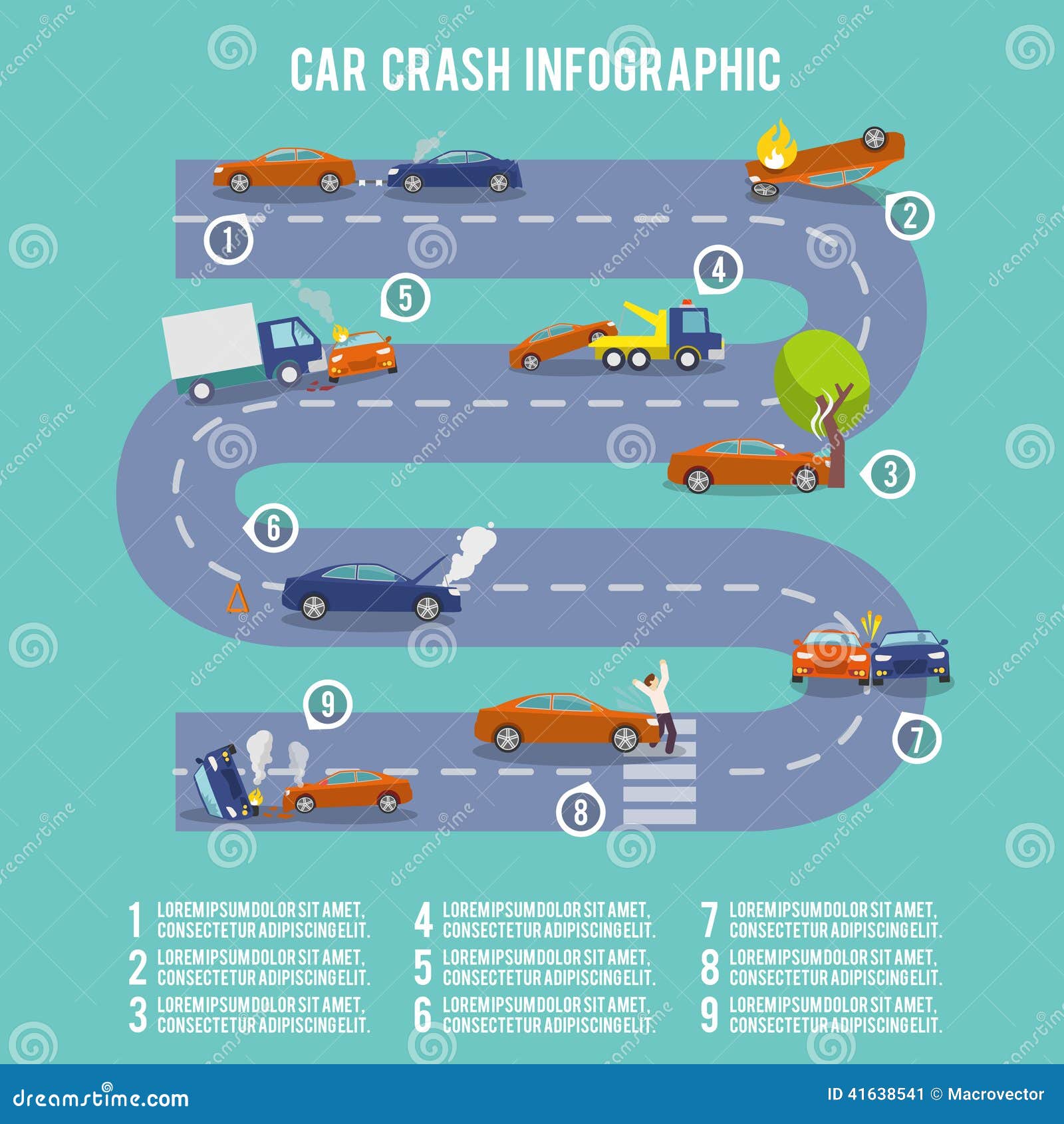Interested In Comprehending The Warning Lights On Your Car'S Dashboard? Discover Their Relevance For Your Vehicle'S Security And Total Condition
Interested In Comprehending The Warning Lights On Your Car'S Dashboard? Discover Their Relevance For Your Vehicle'S Security And Total Condition
Blog Article
Material Written By-Lim Kejser
When you're behind the wheel, those glowing warning lights on your control panel can be a bit complicated. Do you recognize what they're trying to tell you regarding your automobile's wellness? Comprehending the relevance of these lights is crucial for your security and the long life of your vehicle. So, the following time one of those lights pops up, wouldn't you want to understand its message accurately and take the essential steps to address it?
Common Warning Lighting and Interpretations
Determine typical warning lights in your automobile and understand their significances to guarantee secure driving.
One of the most common warning lights include the check engine light, which signals concerns with the engine or emissions system. If this light comes on, it's crucial to have your car inspected without delay.
The oil pressure alerting light indicates low oil stress, calling for prompt attention to avoid engine damage.
A flashing battery light might suggest a damaged billing system, potentially leaving you stranded if not dealt with.
The tire stress monitoring system (TPMS) light informs you to reduced tire stress, affecting lorry security and gas performance. Neglecting this can cause risky driving conditions.
The abdominal muscle light shows a problem with the anti-lock braking system, endangering your ability to quit promptly in emergencies.
Last but not least, the coolant temperature level advising light warns of engine overheating, which can result in severe damages if not resolved promptly.
Comprehending these common caution lights will certainly aid you resolve problems without delay and preserve risk-free driving problems.
Relevance of Prompt Attention
Recognizing the usual warning lights in your vehicle is just the initial step; the relevance of quickly dealing with these warnings can't be stressed sufficient to guarantee your safety when traveling.
When a caution light brightens on your dashboard, it's your car's method of interacting a prospective issue that requires focus. Disregarding these warnings can result in more serious problems in the future, jeopardizing your security and possibly costing you extra in repairs.
Motivate interest to advising lights can stop failures and accidents. For instance, a blinking check engine light might show a misfire that, if left unattended, might create damage to the catalytic converter. Resolving visit web site can conserve you from a costly repair work.
Similarly, a brake system alerting light could indicate reduced brake fluid or worn brake pads, crucial elements for your safety when driving.
Do It Yourself Troubleshooting Tips
If you observe a caution light on your dashboard, there are a couple of do it yourself troubleshooting suggestions you can attempt prior to looking for specialist help.
The very first step is to consult your vehicle's handbook to understand what the specific warning light suggests. Often https://www.wktv.com/news/local-auto-shop-no-stranger-to-shortages-seen-in-garages-nationwide/article_985a371e-86a7-11ec-8edd-43727250906f.html can be as simple as a loosened gas cap setting off the check engine light. Tightening the gas cap might fix the issue.
Another usual problem is a low battery, which can cause different warning lights. Examining the battery connections for deterioration and guaranteeing they're safe may take care of the trouble.
If a caution light continues, you can try resetting it by disconnecting the automobile's battery for a couple of mins and then reconnecting it. Furthermore, checking your automobile's fluid levels, such as oil, coolant, and brake fluid, can aid fix cautioning lights connected to these systems.
Conclusion
In conclusion, recognizing your car's warning lights is crucial for keeping your lorry running efficiently and safely. By promptly resolving these signals and recognizing what they suggest, you can avoid expensive fixings and prospective malfunctions.
Bear in mind to consult your car's handbook for specific details on each alerting light and do something about it appropriately to guarantee a trouble-free driving experience.
Stay notified, stay risk-free when traveling!
